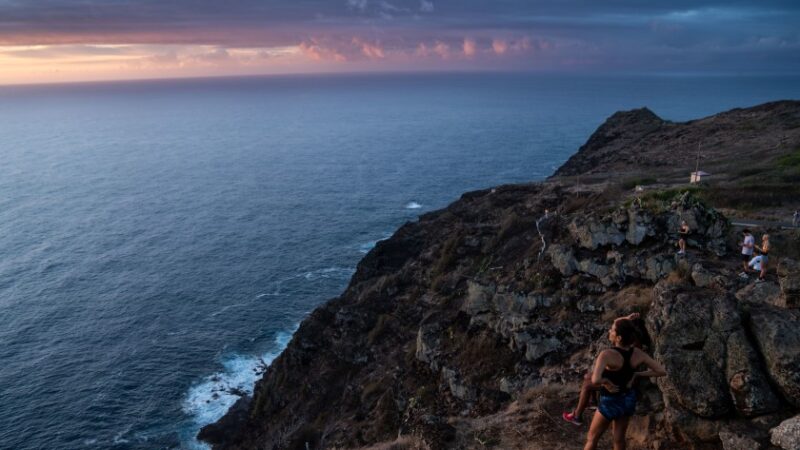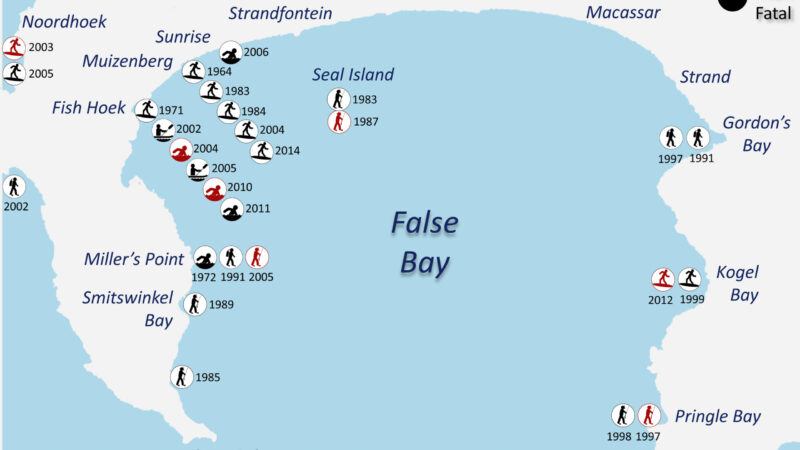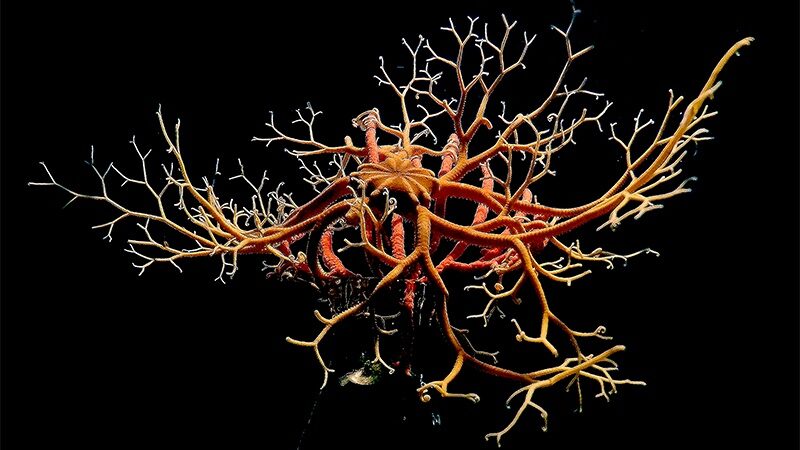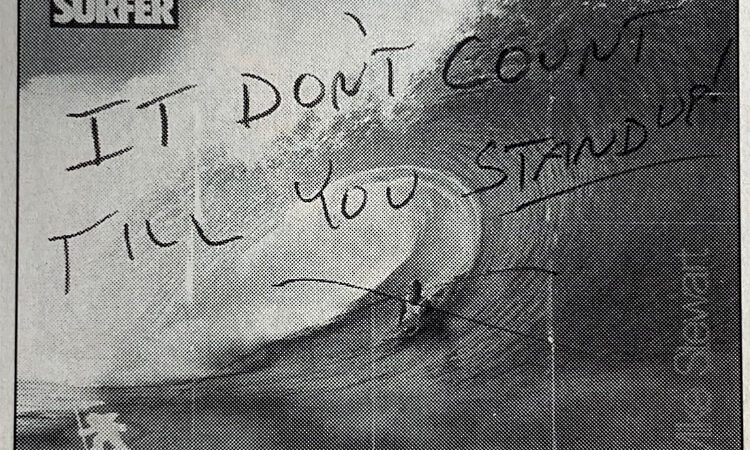 Photo: Nine-times world champion bodyboarder Mike Stewart has achieved more in the sport than most thought possible. (ABC Illawarra: Justin Huntsdale)
Photo: Nine-times world champion bodyboarder Mike Stewart has achieved more in the sport than most thought possible. (ABC Illawarra: Justin Huntsdale)There is a common term for those who spend much of their lives in and around the ocean, pushing the boundaries to generate new understanding of what is possible, and what is not.
They are referred to as “watermen” or “waterwomen”.
The term can be applied equally to surfers, sailors, free divers, kite boarders, bodyboarders and other ocean athletes, but what they have in common is the need to earn the title.
One of those rare characters, Hawaiian Mike Stewart, is a nine-times bodyboarding world champion and bodysurfing champion, who has been in Australia this week to compete in the bodyboarding world tour event stopover at Kiama, on the NSW South Coast.
On the opening day of the event he spoke of what it means to have spent his whole life in and around the ocean.
“I have been super blessed to do what I do, it’s been a pretty amazing lifestyle to engage in the world like I do,” he said with typical humility.
“Every day I wake up I feel grateful, it’s like, how did I get here?”
Mike Stewart took to riding waves at the age of five, got his first boogie board at the age of 10 and reportedly first rode huge waves at the world’s most famous break — Pipeline — at 16.
He has since come to be known as Mr Pipeline after the famous surf break and even has an event there named after him — the Mike Stewart Pipeline Invitational.
Known in surfing circles as ‘Mr Pipeline’
Now aged 55 he still competes on the Association of Professional Bodyboarders (APB) world tour where he continues to pioneer new aspects of the sport.
“A pioneer is just someone who goes out and does something different and explores some new turf,” he said.
Among his achievements is being among the first to tackle notorious surf breaks like Tahiti’s Teahupoo, and one of the first bodyboarders to be towed into waves the size of high-rise buildings on Hawaii’s outer reefs.
“There’s no real size limit to what you can ride on bodyboards, especially if it’s glassy,” he said.
“It’s a facet of the sport that is probably not that well known, but for me I hold it dear to my heart because it’s such a special experience in those conditions.”
Bodyboarding more popular than ever before
Bodyboarding was once regarded as the poor cousin to stand up surfing but has come a long way.
The APB says the sport now boasts six million participants across the globe, with one in four of them women.
By comparison, estimates of the number of stand-up surfers varies widely from five to 23 million.
The professional bodyboarding world tour began in the early 1990s and now boasts nine men’s and four women’s events, along with a pro junior world championship event.
For APB World Tour CEO Alex Leon part of the emphasis today is on finding steep critical waves to allow maximum possibilities for aerial flips and spin manoeuvres.
“That’s why we are down here at Kiama because Kiama wedge on a good day, when we have got swell, creates that opportunity for riders to go flying in the air,” he said.
“Backflips and things like that surfers can’t really do at the moment, whereas with bodyboarding you can do air rolls and spins together in combination in the air.”
He believes the bar has been raised in the last few years with the way bodyboarders incorporate acrobatics into the sport as they take to the air, and they have an advantage over stand-up surfers who can’t really land on the flat water in front of waves.
 Photo: Mike Stewart finds giving back to the younger generation most rewarding at this stage in his career. (Supplied: apbtour)
Photo: Mike Stewart finds giving back to the younger generation most rewarding at this stage in his career. (Supplied: apbtour)Part of ensuring a healthy future for the sport is to offer training clinics at professional events and the Kiama Pro is no different with Mike Stewart on hand to pass on some tips to the younger generation.
“For me it’s probably the most rewarding part of it,” he said.
“I mean passing on knowledge and sharing the things I have learned that have helped me in the ocean to apply to my life — if I can pass those lessons on to the next generation, that’s really what it’s all about.”
Topics: surfing, kiama-2533, wollongong-2500






Recent Comments